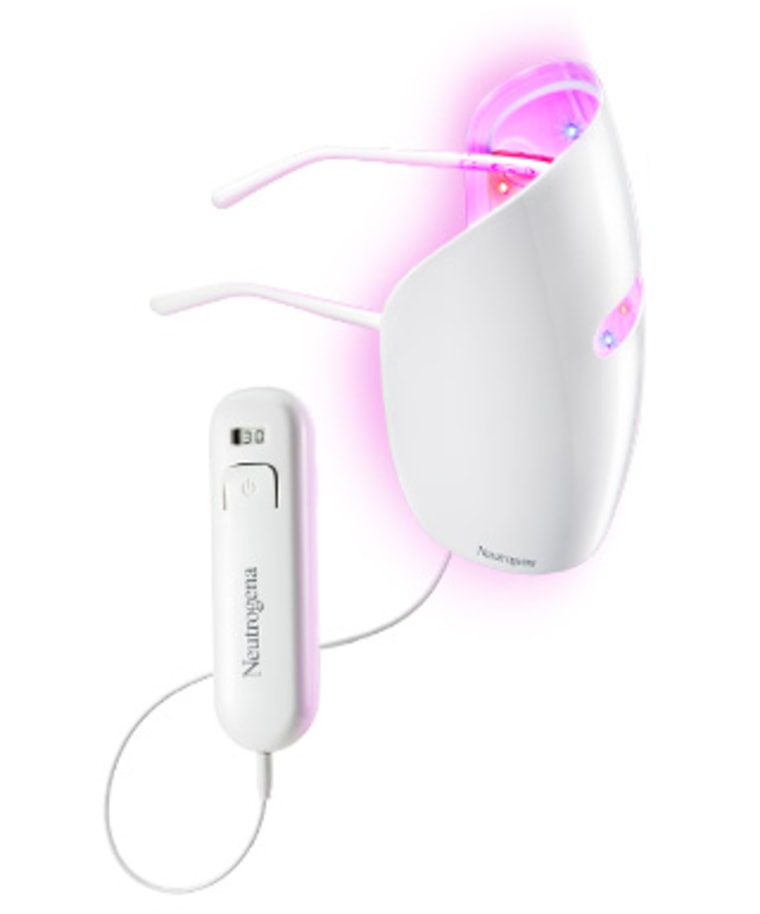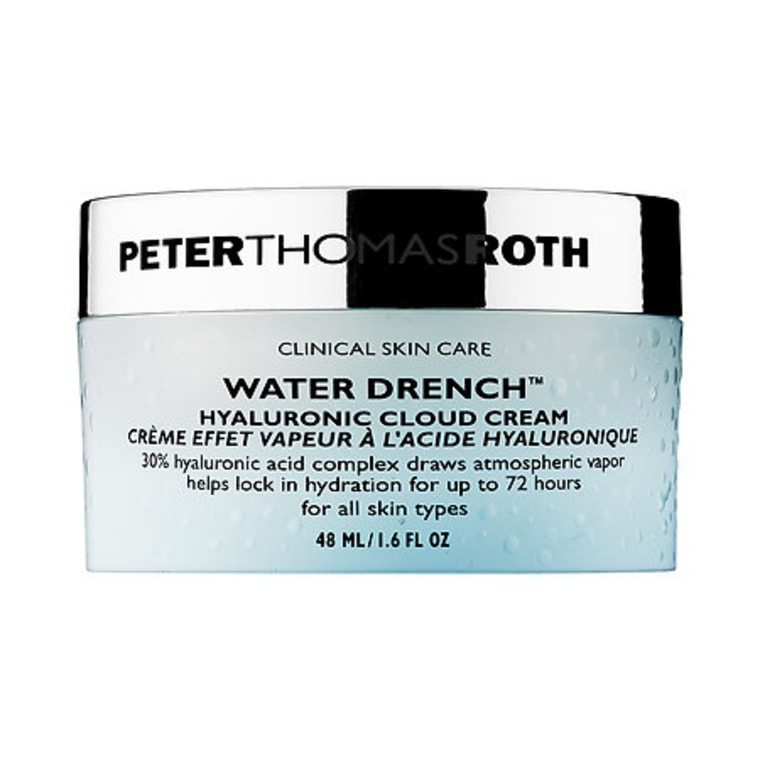If you’ve got a graveyard of skincare products taking up space under the sink, you’re not alone! To help you clear out the clutter, we’ve asked leading dermatologists what you should junk and what you should keep. The key? It’s all about finding your skin type. Find yours in our handy guide below and learn how to streamline your routine.
Do you have dry skin?
You have it if ... after cleansing, your skin feels tight all over if you don't moisturize. You're also prone to flaking and feel like you need very hydrating moisturizers all year-round.
What to toss: Anything that contains alcohol and sodium or ammonium lauryl sulfate, gels and oil-based formulas.
What to keep: Water-based formulas that contain humectant ingredients like hyaluronic acid, glycerin, propylene glycol, urea, sorbitol, hexylene glycol and butylene glycol. Emollient ingredients including shea butter, argan oil (an oil exception), ceramides and fatty acids like linoleic acid, linolenic acid and lauric acid.
What to know: All of the ingredients you should toss will dehydrate your skin, says Neal Schultz, New York City-based dermatologist and founder of DermTV.com. It may seem surprising to toss out oils when your skin feels dry, but Schultz says they do you no favors.
"Dryness is not the opposite of oil. Dry skin has an absence of water, not an absence of oil," he explains. An oil coating may actually create a barrier that will actually prevent hydrating ingredients from absorbing.
First Aid Beauty Ultra Repair Cream Intense Hydration, $30, Sephora

Do you have oily or acne-prone skin?
You have it if ... a couple of hours after cleansing, your skin naturally appears shiny and feel slicks to the touch. You’re prone to pimples popping up.
What to toss: Formulas that list oils anywhere except as one of the last few ingredients and anything labeled for “dry” or “mature” skin. Harsh astringent and alcohol-based toners should also be avoided.
What to keep: Products containing lactic acid, glycolic acid, retinoids, benzoyl peroxide and salicylic acid. Just make sure you’re not using multiple products with these ingredients, as they can dry out your skin too much. Also, light therapy products that treat acne.
What to know: Dry skin products or those for mature skin will have ingredients that clog pores and increase oil production. Strong, alcohol-based toners may actually stimulate more oil production as your skin responds to feeling dried out, says Dr. Jessie Cheung, dermatologist based in Willowbrook, Illinois.
Meanwhile, ingredients like glycolic acid will do a gentle yet effective job of controlling oil and keeping your pores clear. “Salicylic acid specifically targets oil glands and loosens up blackheads, and benzoyl peroxide is antibacterial and anti-inflammatory to treat mild acne,” she adds.
What to buy: Neutrogena Light Therapy Acne Mask, $35, Ulta

Do you have combination skin?
You have it if ... a couple of hours after cleansing, your face experiences oiliness in the T-zone (forehead and down the center of face) while feeling normal to dry everywhere else.
What to toss: Products that treat the entire face with aggressive ingredients — like acne cleansers and moisturizers containing salicylic acid, glycolic acid and benzoyl peroxide — and anything with very rich consistency, like heavier moisturizer creams.
What to keep: Serums, gels, lighter-consistency lotions and products containing hyaluronic acid, glycerin, propylene glycol, urea, sorbitol, hexylene glycol and butylene glycol.
What to know: Essentially, you want to treat your T-zone like it’s oily skin and the rest of your face like it’s normal to dry, so you’ll want to use different products in different areas, advises Schultz. Stick with a gentle cleanser since it’ll wash your whole face, and then use serums and lotions to hydrate so that the oily areas of your face aren’t overwhelmed.
If you need oil-control or acne prevention in the T-zone, apply toners and more aggressive products only in those areas. And if your cheeks feel drier, you can layer on a more hydrating moisturizer in just that part, too.
What to buy: Peter Thomas Roth Water Drench Hyaluronic Cloud Cream, $52, Sephora

Do you have sensitive skin or rosacea?
You have it if ... your skin feels easily irritated and products often sting, burn or itch your skin. You may also be prone to redness, especially on the center of your face and cheeks.
What to toss: Trash anything with fragrance (which can appear as “fragrance” or “parfum” on the label), sodium lauryl sulfate, sodium laureth sulfate, ammonium lauryl sulfate, talc, mica, triclosan, coal tar and retinol. Also, avoid ingredients targeted to oily skin, like salicylic acid, glycolic acid, alcohol and benzoyl peroxide.
What to keep: Products containing oatmeal, chamomile, green tea extract, hyaluronic acid, glycerin, honey, allantoin, shea butter, calendula, licorice extract, lavender, feverfew, bisabolol, willowherb — and certainly look for “for sensitive skin” labeling.
What to know: Less is more when it comes to sensitive skin, and fragrance is the biggest irritation offender of all, says Schultz. Be on the lookout for “unscented” and “fragrance-free” formulas for both your face and body; they are your best friends.
Ingredients that target oil and acne are far too aggressive for sensitive skin and can cause painful reactions. Look for ingredients like chamomile or oatmeal that soothe and calm inflammation in skin, while infusing hydration, to make you feel more comfortable, Schultz adds.
What to buy: CeraVe Healing Ointment, $11, Ulta

Minimalism never looked so beautiful!